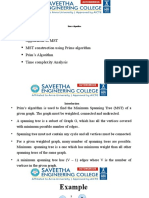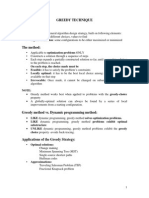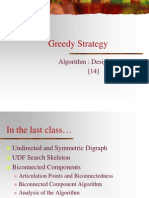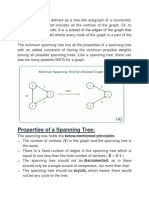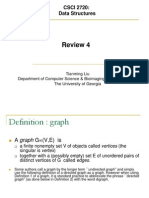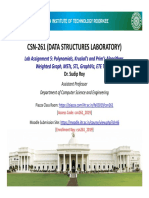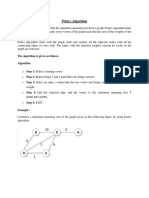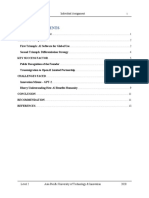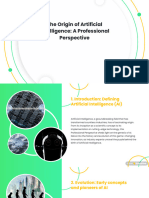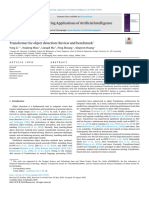0% found this document useful (0 votes)
14 views10 pagesPrim's Algorithm
its about prims algorithm visualisation in java
Uploaded by
jayeshprakashnarayan1709Copyright
© © All Rights Reserved
We take content rights seriously. If you suspect this is your content, claim it here.
Available Formats
Download as PDF, TXT or read online on Scribd
0% found this document useful (0 votes)
14 views10 pagesPrim's Algorithm
its about prims algorithm visualisation in java
Uploaded by
jayeshprakashnarayan1709Copyright
© © All Rights Reserved
We take content rights seriously. If you suspect this is your content, claim it here.
Available Formats
Download as PDF, TXT or read online on Scribd
/ 10

